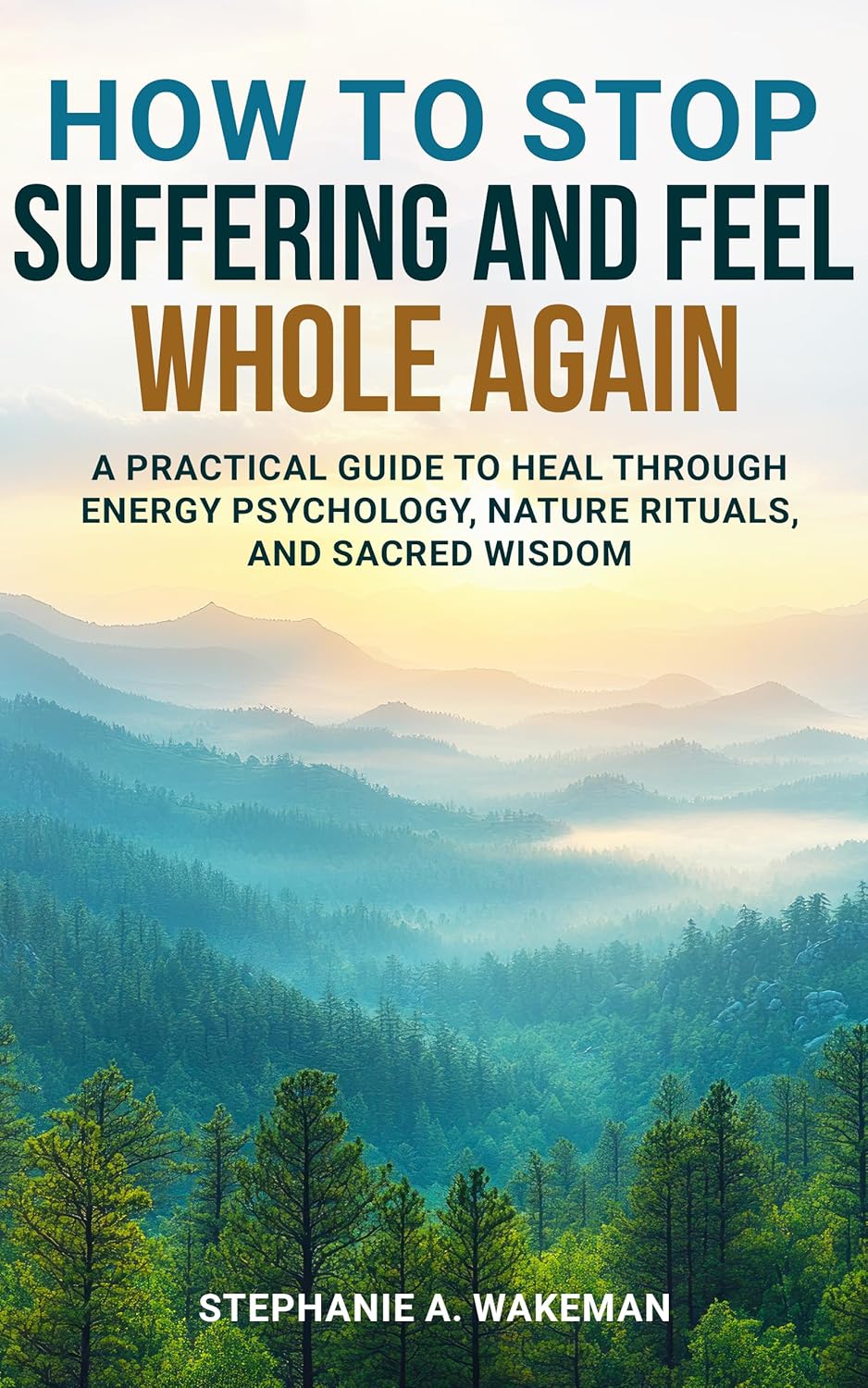Book Review: How to Stop Suffering and Feel Whole Again: A Practical Guide to Heal Through Energy Psychology, Nature Rituals, and Sacred Wisdom
As a passionate reader interested in self-help and personal growth, I was drawn to How to Stop Suffering and Feel Whole Again by Stephanie Wakeman for its promise of guiding readers through transformative healing. The title itself was intriguing, and I found myself eagerly anticipating a gentle yet powerful approach to reconnecting with my own sensitivity—something I’ve often viewed as a burden rather than a gift.
The book beautifully intertwines elements of energy psychology, trauma healing, shamanic practices, and nature rituals, creating a tapestry of insightful reflections aimed at those seeking emotional wellness. One of the highlights of the book is its emphasis on compassion—Wakeman guides readers to release stored pain with understanding rather than force, a sentiment echoed in many reviews. Dennis J. captures this essence perfectly when he describes the feeling of having a wise friend guiding him through unexpected healing processes. This sentiment resonated with me throughout my reading experience.
Wakeman also emphasizes the importance of reclaiming joy amidst life’s grief, something I found incredibly uplifting. The exercises concerning nature, breathwork, and ritual as healing practices were not just thought-provoking but deeply nourishing. Jane Marsden’s review encapsulates this beautifully, noting how these practices provided her genuine relief and clarity, encouraging a positive perspective on sensitivity.
However, the book is not without its drawbacks. Some readers, including Mathew Foley, have mentioned that while the gentle tone is inviting, it at times lacks the urgency one might seek during moments of emotional turmoil. While I appreciate the soft approach, I found myself craving a little more structured guidance in certain areas. There were moments when the poetic language felt a bit overwhelming, leading me to wish for more straightforward instructions or concrete steps—something that Cherl noted as well. Balancing deep wisdom with practical application can be tricky in such emotionally nuanced topics.
Additionally, while the blend of ancient wisdom and modern science is commendable, some concepts, particularly related to energy psychology, were dense enough that I occasionally felt lost. Like Edward Hobbs expressed, I yearned for a companion workbook to help ground the practices more thoroughly. Nevertheless, this didn’t detract significantly from the overall reading experience; the heartfelt vulnerability and spiritual insight made the journey worthwhile.
What stood out most for me was how the book reframed sensitivity as a gift rather than a flaw. This profound shift in perspective is a core message throughout the book—highlighted in the official description. It states, “You are not broken—you are becoming,” a mantra that I found liberating. Each chapter acts as an invitation to remember our innate wholeness, a message I found deeply soothing as I navigated my emotional landscape.
In closing, How to Stop Suffering and Feel Whole Again is a beautifully crafted guide for those feeling overwhelmed or disconnected. While it occasionally dances around more concrete action-oriented advice, its overall message of kindness, gentleness, and self-acceptance is incredibly empowering. If you’re seeking a soft yet insightful approach to self-healing that allows for sensitivity to be recognized as a strength, this book is well worth your time. I wholeheartedly recommend it as a comforting companion on your journey toward feeling whole again. ✨
Overall, I would rate this book a solid 4.5 out of 5 stars for its beautiful prose, practical insights, and impactful message, even as I acknowledge a desire for slightly more structured guidance in some areas.
Discover the path to healing and wholeness with this transformative guide. >>








